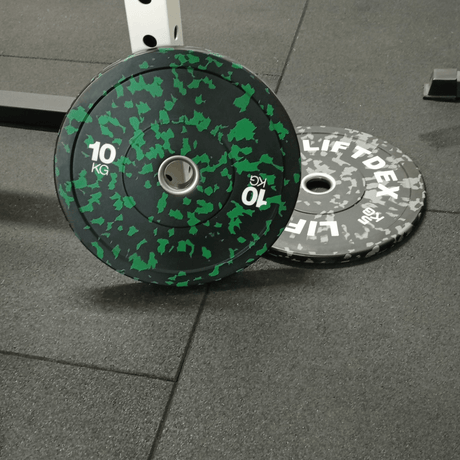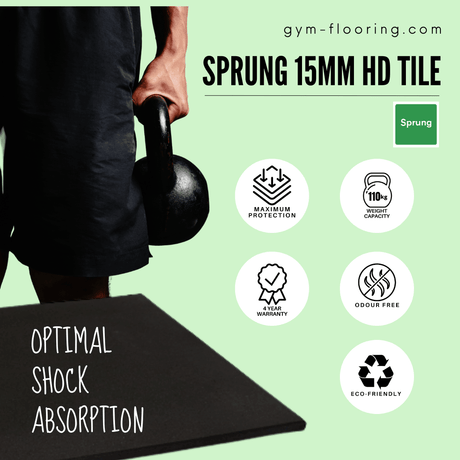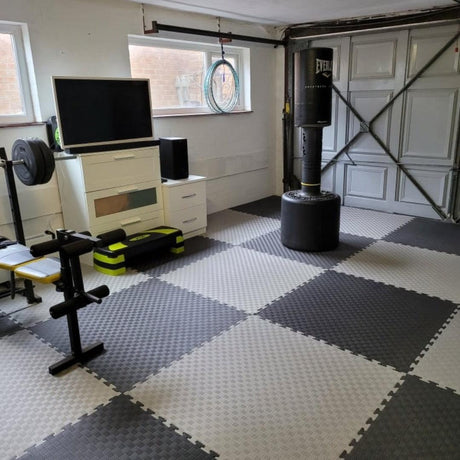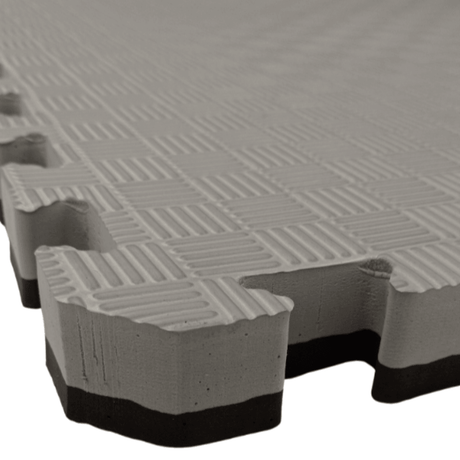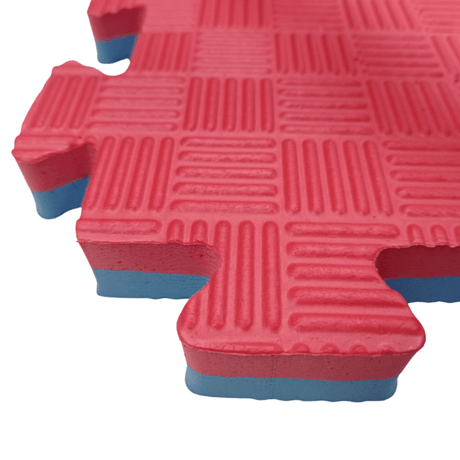Sports medicine and rehabilitation centres are designed to help people recover from injuries, manage pain and improve physical abilities. These facilities cater to athletes to people recovering from surgeries, injuries or chronic conditions.
A crucial element that supports these healing environments is the flooring as it plays a major role in safety, performance, progress and patient comfort.
In this article we will explore the best flooring solutions for sports medicine and rehabilitation centres, covering what these spaces need in terms of flooring and the specific types of flooring that work best.
Table of Contents
Key Requirements for Rehabilitation Centre Flooring
Flooring Recommendations for Physical Therapy Centres
Key Requirements for Rehabilitation Centre Flooring

Rehabilitation centre flooring must meet several specific requirements to support patients and practitioners. Here's a few things to consider:
Support & Impact Absorption
Patients in rehabilitation do low to moderate exercises that need cushioning to protect joints. Proper shock absorption reduces impact stress, easing the strain on muscles, tendons and joints. It is important to opt for a floor solution that offers enough impact absorption.
Anti-Fatigue & Comfort
Rehabilitation exercises can be long and repetitive. Flooring with anti-fatigue features can help prevent exhaustion, making it easier for patients and practitioners to move comfortably and stay engaged without strain. A comfortable surface is essential for patients recovering from injuries, balancing softness with firmness required for support. Floors that are too hard or too soft can risk injury or discomfort.
Slip Resistance
Many exercises require precise movements and stability. Slip resistant surfaces ensure patients have the right traction to do exercises without the risk of falls, slips or injuries, making this feature vital for safety.
Durability & Low Maintenance
High foot traffic and equipment usage demand a durable, long lasting floor that can handle weights and heavy loads. Easy maintenance is also important as cleanliness is essential in a healthcare setting.
In summary:

Flooring Recommendations for Physical Therapy Centres

Here are some of the best flooring types for physical therapy centres along with their features and suitability:
Rubber Flooring
- Most popular in sports medicine and rehab centres.
- Known for resilience, durability, noise reduction and shock absorption.
- Ideal for rehab exercises, floor work, weight bearing activities and strength exercises.
- Provides traction even when wet, reduces slips and falls.
- Has anti-fatigue properties and comfortable during prolonged activities.
- Resistant to moisture and bacteria and easy to clean.
- Suitable for areas where patients do rehabilitation exercises or practice range of motion tasks.
Customer Feedback (Rubber Flecked Roll)
"We opted for rubber flooring for our sports injury clinic and gym. The flooring is excellent quality and feels strong and smooth to the touch - exactly what we wanted. Very happy to recommend this flooring. The service we received was also very good. Thanks."
Vinyl Flooring
- Gaining popularity in healthcare environments due to versatility and cost effectiveness.
- Available in various finishes, mimicking wood or stone surfaces.
- Suitable for areas that require a softer feel underfoot for light exercises, patient movement assessments or stretching.
- Can be padded with underlay to improve shock absorption and comfort.
- Low maintenance and easy to clean.
Foam Flooring
- Used in children’s rehabilitation centres or areas focused on low impact exercises.
- Highly cushioned for patient safety and comfort.
- Good traction and skid resistance, safe and reduces risk of injuries.
- Texturised top surface for better foot purchase during rehabilitation movements.
Synthetic Grass Tracks
- Come in plain or marked out tracks such as sled sprint tracks
- Excellent for progressive walking, movement tasks and strength/motion exercises
- Durable and low maintenance
Conclusion
Choosing the right flooring for a sports medicine and rehabilitation centre is key to creating a safe, effective and comfortable environment. While rubber flooring is the most versatile for high activity areas, other materials have their benefits for specific needs. Whether it’s shock absorption, slip resistance or comfort, each physio flooring solution has value for the facility when tailored to the requirements of different therapy and treatment areas.
By understanding the patients and the therapy activities that will be performed, facility managers can make informed decisions on the best flooring to support their clients on their road to recovery and physical well being.
Looking for a robust and high comfort floor solution for your sports recovery clinic? Browse our rubber mats and foam floor solutions for some top choices.





